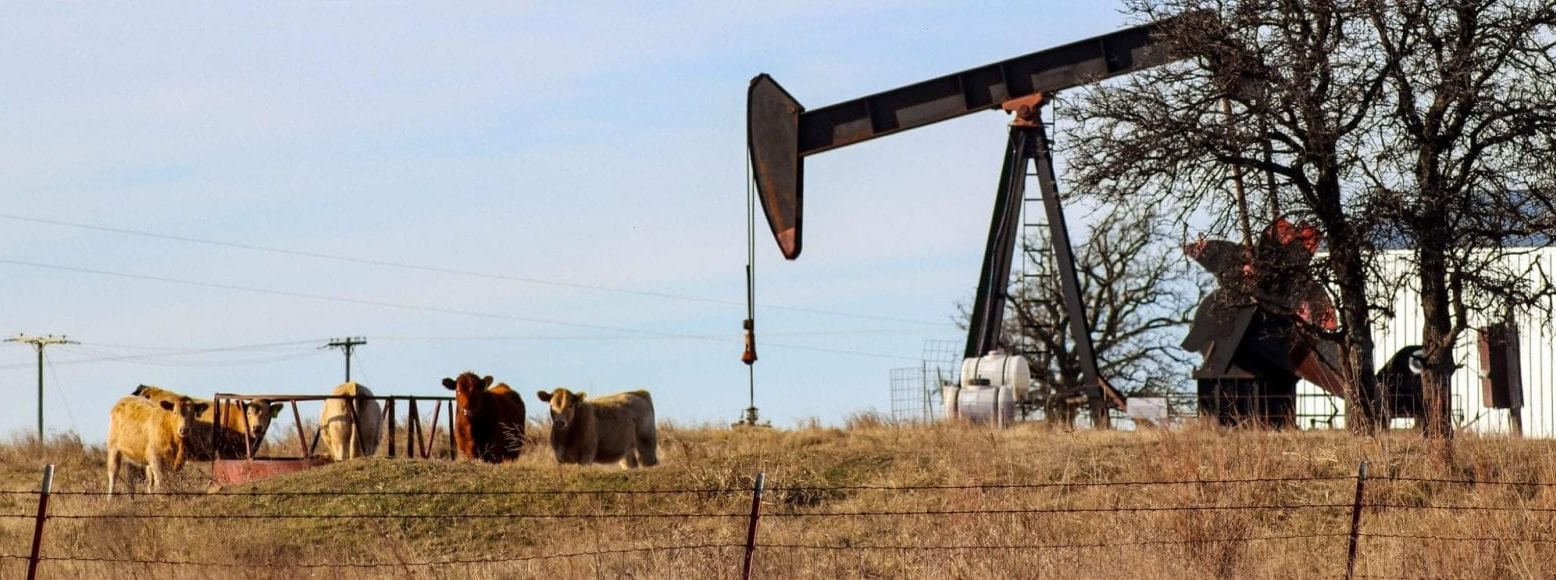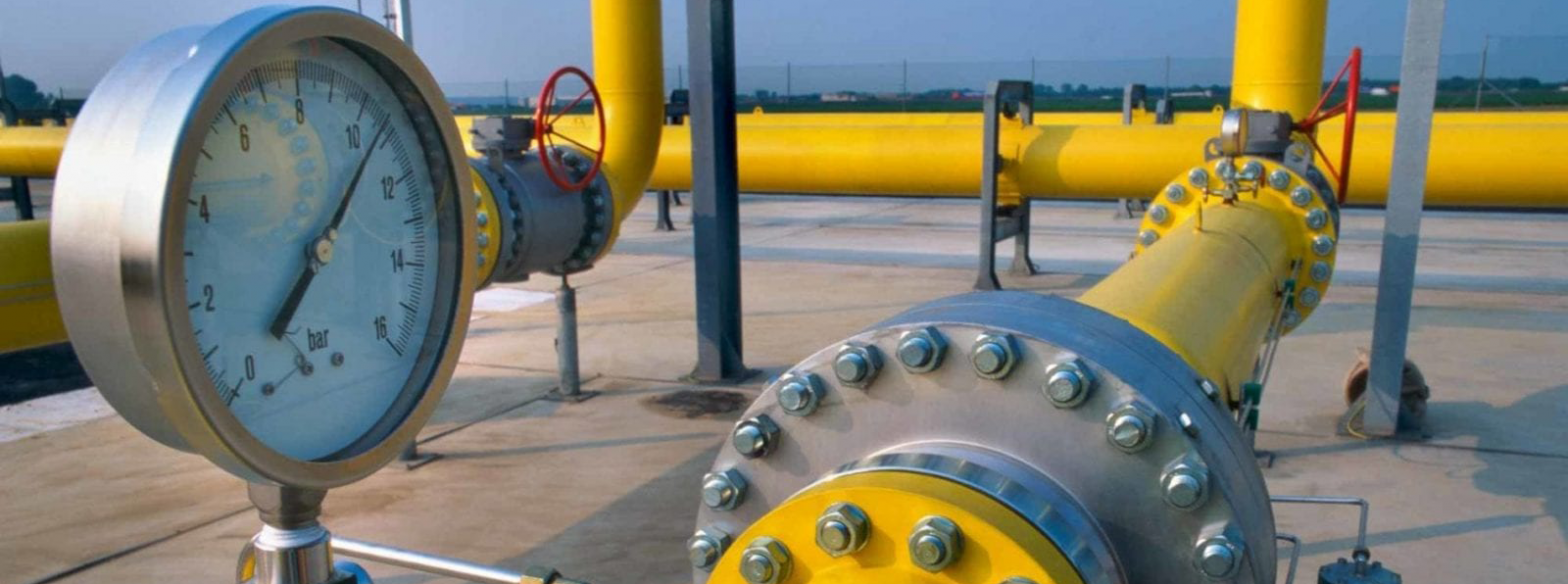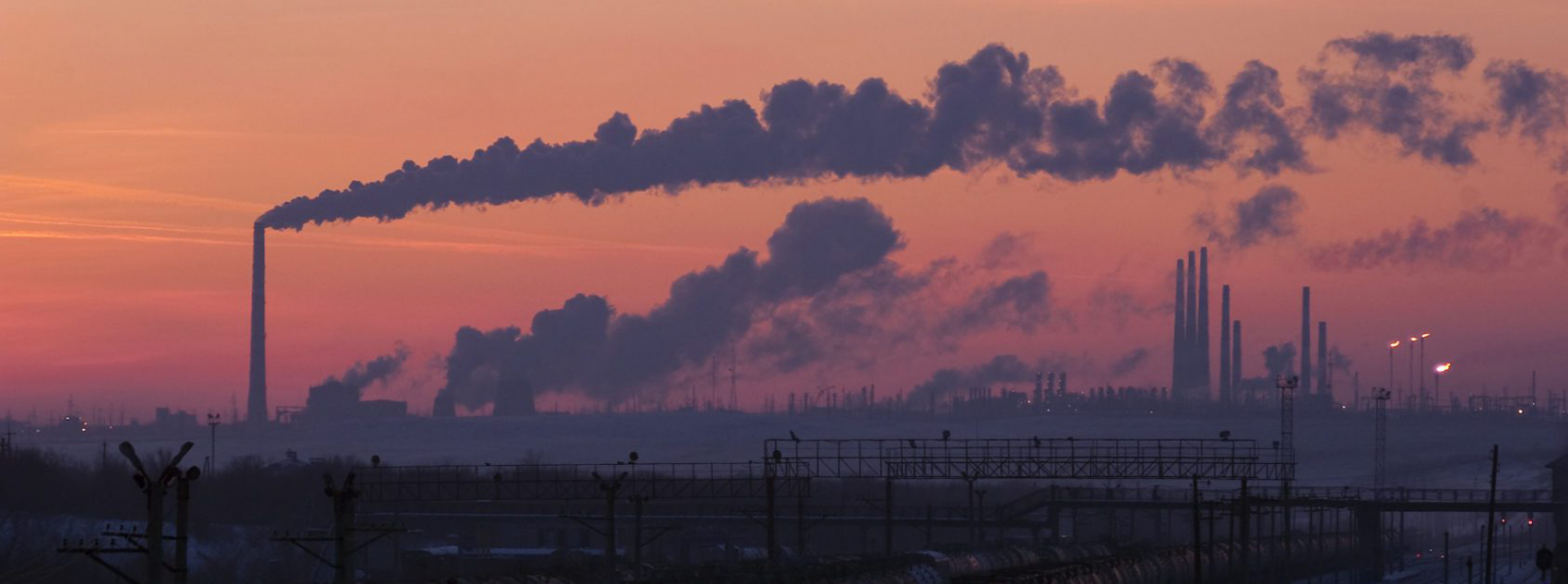The message from the most recent UN climate report is clear: unless we dramatically reduce greenhouse gas (GHG) emissions, the world is headed for a temperature rise of far more than 1.5°C above preindustrial levels. Dramatically reducing emissions means cutting at least 32 gigatons of CO2 equivalent (Gt CO2e) by 2030. This is like eliminating all GHG emissions from Great Britain, France, Germany, and Brazil combined every year for the next 10 years. How on earth will we do this?
Even though CO2 equivalent is the common currency used to compare greenhouse gas emissions, CO2 is not the only greenhouse gas that needs our attention. Most CO2 emissions are a product of combustion—burning fuels to generate energy. But human activity also generates other greenhouse gases, including methane. And the UN’s recent report underestimates the role that methane will play in changing our climate within the next 20 years, let alone before 2030.
Why Methane?
Methane has 84 times the global warming potential (GWP) of an equivalent amount of CO2 over a 20-year time frame. After a couple of decades, methane breaks down to CO2 and water vapor in the atmosphere and, as a result, its GWP decreases to 28 over a 100-year period. But when we’re operating on a 10-year timeline for dramatic emissions reductions, using this 100-year impact statistic—like the UN report does—dramatically understates the scale of near-term impacts. Methane’s large and increasing concentrations in the atmosphere, coupled with its potency, make it a formidable climate threat that we cannot ignore.
Amory Lovins, RMI’s Founder and Chief Scientist, asserts that focusing only on CO2’s contribution to climate change, and ignoring methane, is like focusing on curing a chronic illness while ignoring a severed artery. In other words, a key part of our climate change mitigation strategy must be eliminating human-made methane emissions.
Methane also reacts to form ground-level ozone, an air pollutant that can cause asthma and other human health problems. Therefore, decreasing methane emissions presents both climate and human health benefits.
Where Do Methane Emissions Come From?
Methane is emitted when organic matter decomposes—a process that is both naturally occurring and manufactured—on timescales from minutes to millions of years. On the millions of years side of the spectrum, buried organic matter decomposes and over time forms methane—the main component of what petroleum geologists call natural gas—in addition to oil and rocks like shale, limestone, and coal. Some methane is emitted naturally from wetlands, geological leaks, and permafrost, among other sources.
Our planet does have a natural capacity to balance the warming effects of methane through chemical processes in our air and soil over geologic time. But since we’re now seeing significant increases in methane emissions over much shorter periods, these natural processes cannot keep up. According to the UN, methane emissions have increased by 1.3 percent every year for the last decade, and by 1.7 percent in 2018 alone. Today, human activities cause 60 percent of methane emissions—primarily through agriculture, fossil fuel extraction, and waste disposal.
Significant research is focused on tackling methane emissions from agriculture and waste. Enteric fermentation (the famous cow burps and farts) and rice cultivation are the two biggest agricultural sources, and scientists are making progress on these through improved animal feeds and cultivation practices. On the waste side, some landfills and wastewater treatment plants are mitigating emissions by capturing that methane for use as an energy source (i.e., biogas).
Though there are a range of estimates for the oil and gas sector’s methane emissions, the Global Carbon Project suggests that the industry is responsible for about 22 percent of human-made methane emissions. Methane is the primary component of natural gas, and its supply chain—all of the steps between extraction and its end use in a power plant or in your kitchen—leaks. A lot. Experts consider this sector to be the “low-hanging fruit” of methane abatement, because technical solutions to fix these leaks largely already exist, and many are quite cost-effective.
For this reason, RMI is focused on identifying methane abatement opportunities and implementing pragmatic solutions in partnership with the oil and gas industry.
What Can We Do About It?
Since the global oil and gas industry is dominated by a few multinational giants that can set the tone and practice for the entire industry, substantive action by these major players can serve as a tipping point to change industry practice as a whole. The key is holding these leaders accountable to the commitments they have publicly made and ensuring they are implementing the most rigorous and effective reduction strategies.
Our work aims to target the reasons why the oil and gas industry hasn’t substantively managed their methane emissions yet: a lack of both transparent data and incentives for action.
We are gathering and using data to help provide transparency about methane emissions and their implications to folks who consume, regulate, invest in, and produce natural gas. As the old saying goes, you can only manage what you measure. An evolving suite of methane detection technologies, including those mounted on airplanes and satellites, are helping us get a better handle on where emissions are coming from, and as a result, how we can deal with them.
RMI is leveraging this remotely sensed data, in addition to company-reported and modeled data, to build a comprehensive tool that will enable users to translate data into on-the-ground methane abatement action.
We are also designing market incentives to reward methane abatement action that goes above and beyond the regulatory minimum. RMI and its partner organization, SYSTEMIQ, are working through the Global Methane Solutions partnership to develop a certification standard for low-methane-emissions natural gas. This will enable leading operators to differentiate the natural gas they produce from the typical commodity based on methane impact, and for consumers to choose a more environmentally conscious product.
Ultimately, we hope to support regulators in developing the rules that set minimally acceptable operating practices for the industry, with consistent enforcement. These rules should serve to recognize leading operators and push laggards to change the way they work.
Methane emissions are only increasing, and given methane’s potency as a greenhouse gas, we have an imperative to address this issue now. Luckily, it’s one that we have solutions for. By putting the right tools in the right hands, we can empower people, companies, and governments to take the actions necessary to cut methane emissions.
This blog post was first published on RMI’s website.



